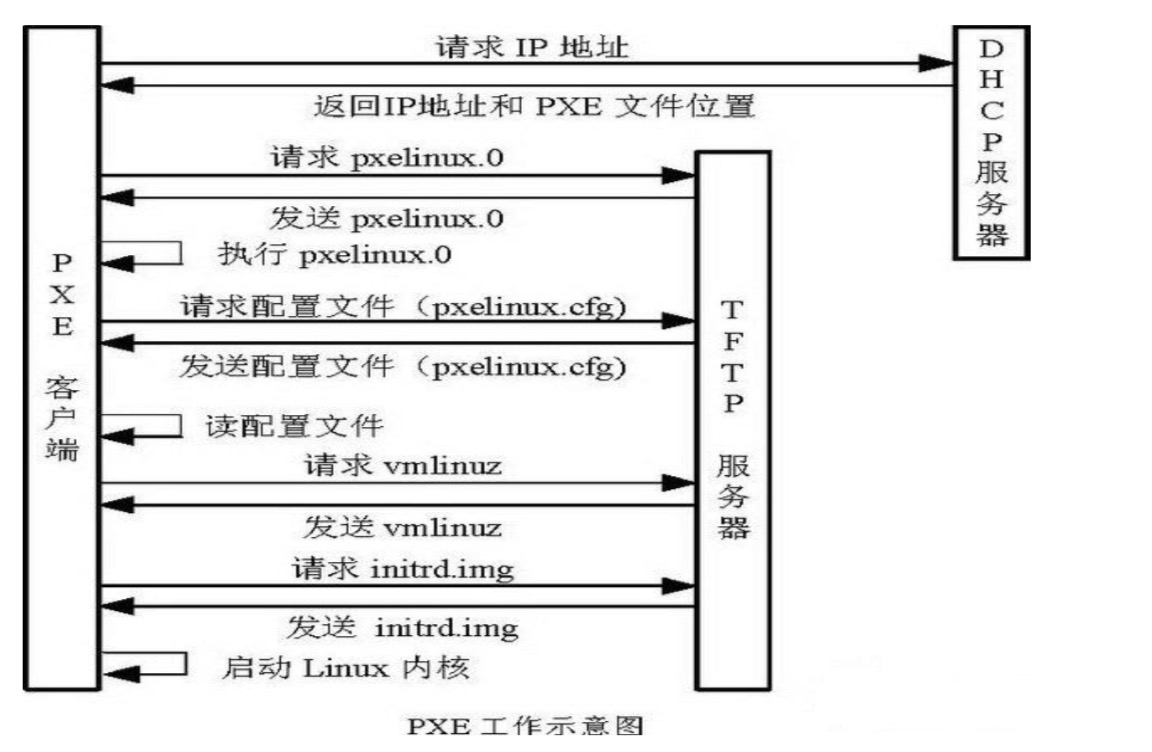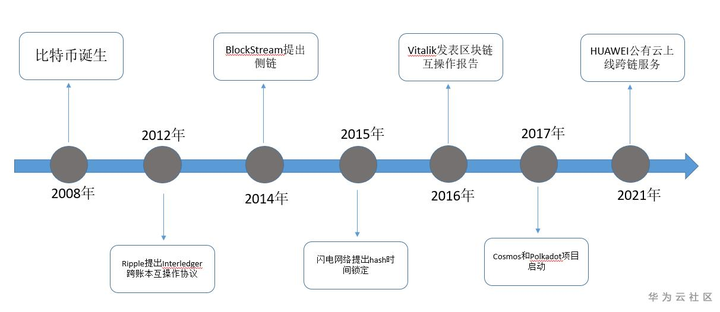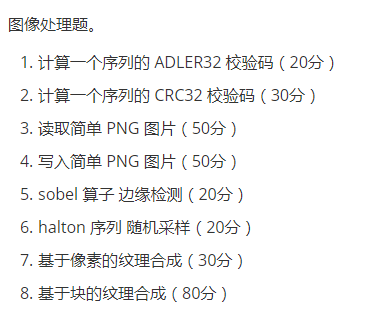我发现一个线程在MSDN上展示了如何将项目添加到一个winform标题栏的上下文菜单。 遗憾的是它并不显示如何注册与自定义菜单项的赛事,我一直无法弄清楚如何做到这一点。 下面是可以被复制并粘贴到一个新的Windows一个示例应用程序窗体应用程序。 我将不胜感激,如果有人可以完成样品给我。 谢谢
using System;
using System.Runtime.InteropServices;
using System.Windows.Forms;
namespace WindowsFormsApplication1
{
public partial class Form1 : Form
{
public Form1()
{
InitializeComponent();
IntPtr hMenu = GetSystemMenu(Handle, false);
if (hMenu != IntPtr.Zero)
{
var menuInfo = new MENUITEMINFO
{
cbSize = (uint) Marshal.SizeOf(typeof (MENUITEMINFO)),
cch = 255,
dwTypeData = "Test Item",
fMask = 0x1 | 0x2 | 0x10,
fState = 0,
fType = 0x0
};
InsertMenuItem(hMenu, 0, true, ref menuInfo);
DrawMenuBar(Handle);
}
}
[DllImport("user32.dll")]
static extern IntPtr GetSystemMenu(IntPtr hWnd, bool bRevert);
[DllImport("user32.dll")]
static extern bool DrawMenuBar(IntPtr hWnd);
[DllImport("user32.dll")]
static extern bool InsertMenuItem(IntPtr hMenu, uint uItem,
bool fByPosition, [In] ref MENUITEMINFO lpmii);
[StructLayout(LayoutKind.Sequential)]
public struct MENUITEMINFO
{
public uint cbSize;
public uint fMask;
public uint fType;
public uint fState;
public uint wID;
public IntPtr hSubMenu;
public IntPtr hbmpChecked;
public IntPtr hbmpUnchecked;
public IntPtr dwItemData;
public string dwTypeData;
public uint cch;
public IntPtr hbmpItem;
}
}
}
你必须重写的WndProc方法,并截取您的新菜单的ID。
试试这个
using System;
using System.Collections.Generic;
using System.ComponentModel;
using System.Data;
using System.Drawing;
using System.Text;
using System.Windows.Forms;
using System.Runtime.InteropServices;
namespace WindowsFormsApplication11
{
public partial class Form1 : Form
{
public const Int32 WM_SYSCOMMAND = 0x112;
public const Int32 MF_BYPOSITION = 0x400;
public const Int32 MYMENU1 = 1000;
public const Int32 MUMENU2 = 1001;
[DllImport("user32.dll")]
private static extern IntPtr GetSystemMenu(IntPtr hWnd, bool bRevert);
[DllImport("user32.dll")]
private static extern bool InsertMenu(IntPtr hMenu,Int32 wPosition, Int32 wFlags, Int32 wIDNewItem,string lpNewItem);
public Form1()
{
InitializeComponent();
}
protected override void WndProc(ref Message msg)
{
if (msg.Msg == WM_SYSCOMMAND)
{
switch (msg.WParam.ToInt32())
{
case MYMENU1:
MessageBox.Show("Hi from My Menu 1¡¡¡¡");
return;
case MUMENU2:
MessageBox.Show("Hi from My Menu 2¡¡¡¡");
return;
default:
break;
}
}
base.WndProc(ref msg);
}
private void Form1_Load(object sender, EventArgs e)
{
IntPtr MenuHandle = GetSystemMenu(this.Handle, false);
InsertMenu(MenuHandle, 5, MF_BYPOSITION, MYMENU1, "My Menu 1");
InsertMenu(MenuHandle, 6, MF_BYPOSITION, MUMENU2, "My Menu 2");
}
}
}
对于分离只需添加:
public const Int32 MF_SEPARATOR = 0x800;
在Form_load中:
InsertMenu(MenuHandle, 7, MF_BYPOSITION | MF_SEPARATOR, 0, string.Empty); // <-- Add a menu seperator
我说干就干,只是添加了必要的元素,样例代码注册的WndProc。 这回答登记的WndProc不改变代码不亚于以前的解决方案的基本问题。 (它使在系统菜单的顶部添加菜单)。
using System;
using System.Runtime.InteropServices;
using System.Windows.Forms;
namespace WindowsFormsApplication1
{
public partial class Form1 : Form
{
public Form1()
{
InitializeComponent();
IntPtr hMenu = GetSystemMenu(Handle, false);
if (hMenu != IntPtr.Zero)
{
var menuInfo = new MENUITEMINFO
{
cbSize = (uint)Marshal.SizeOf(typeof(MENUITEMINFO)),
cch = 255,
dwTypeData = "Test Item",
fMask = 0x1 | 0x2 | 0x10,
fState = 0,
// Add an ID for your Menu Item
wID = 0x1,
fType = 0x0
};
InsertMenuItem(hMenu, 0, true, ref menuInfo);
DrawMenuBar(Handle);
}
}
[DllImport("user32.dll")]
static extern IntPtr GetSystemMenu(IntPtr hWnd, bool bRevert);
[DllImport("user32.dll")]
static extern bool DrawMenuBar(IntPtr hWnd);
[DllImport("user32.dll")]
static extern bool InsertMenuItem(IntPtr hMenu, uint uItem,
bool fByPosition, [In] ref MENUITEMINFO lpmii);
[StructLayout(LayoutKind.Sequential)]
public struct MENUITEMINFO
{
public uint cbSize;
public uint fMask;
public uint fType;
public uint fState;
public uint wID;
public IntPtr hSubMenu;
public IntPtr hbmpChecked;
public IntPtr hbmpUnchecked;
public IntPtr dwItemData;
public string dwTypeData;
public uint cch;
public IntPtr hbmpItem;
}
// Add ID for the Menu
private const int WM_SYSCOMMAND = 0x112;
// Event method for the Menu
protected override void WndProc(ref Message m)
{
base.WndProc(ref m);
//m.WParam = the wID you gave the Menu Item
if ((m.Msg == WM_SYSCOMMAND) && ((int)m.WParam == 0x1))
{
MessageBox.Show("Test Item Dialog");
}
}
}
}



